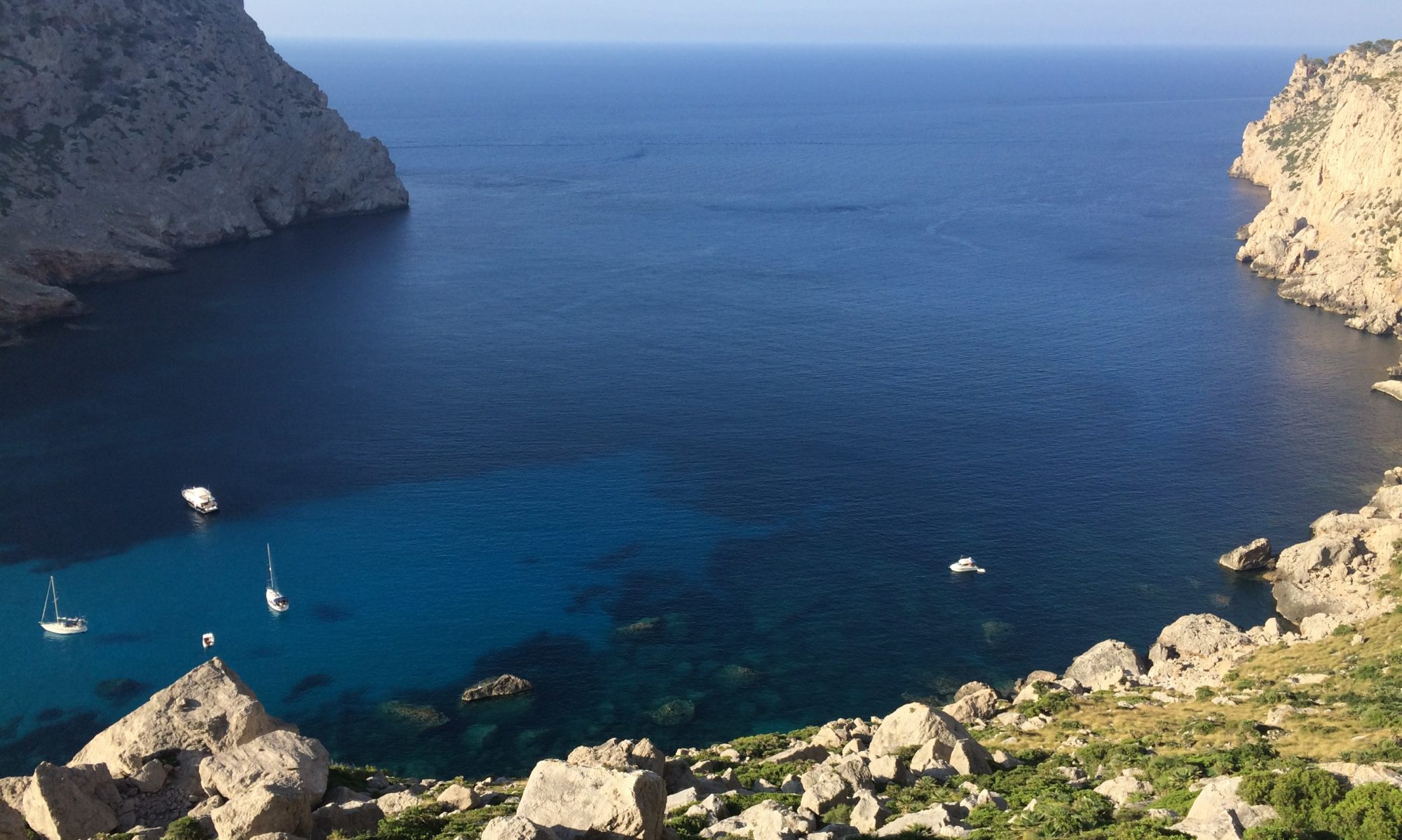So we’ve done some cool stuff since we got to the Victoria Falls area. However, we haven’t actually seen the falls yet and it was our last day. 4:30pm flight. So we headed into town at 9am to see what it was all about. After getting through a ton of vendors trying to sell us head to toe rain gear, we got to the entrance of the park.
Dr. Livingstone I presume…

The traditional name of the falls is Mosi-Oa-Tunya which comes from the Lozi language and means “The Smoke That Thunders”. It is a UNESCO World Heritage Site and one of the seven natural wonders of the world (along with Aurora Borealis, Mount Everest, the Grand Canyon, the Harbor of Rio de Janeiro, the Great Barrier Reef and Parícutin Volcano).

 https://www.thatsonourlist.com/wp-content/uploads/2018/03/img_7777.mov
https://www.thatsonourlist.com/wp-content/uploads/2018/03/img_7777.mov
Per a board at the park: The cliffs of the Batoka Gorge are made up of basalt rock that was laid down 150 millions years ago when lava cooled and solidified. It contracted – cracking or “faulting” in the area of Victoria Falls. In time this mass of broken rocke was covered over with deposits from the Karoo System and later the Kalahari System and so preserved for millions of years. Then… 5 million years ago there was a geological shift that caused an uplift in the area of central Botswana. This blocked the course of the Upper Zambezi, which had been flowing south to join with the Limpopo River, and created a paleolake, the remnants of which form the Makgadikgadi Salt Pans. When this lake finally overflowed into the Matesi River it quickly carried away the deposits that had been covering the basalt and then began to remove the broken rock one block at a time from within the fault lines. Basalt is a very dense, hard rock that resists erosion so the river removes it one block at a time rather than a grain at a time, as would happen with a softer rock. This explains why the gorge, and even the face of the waterfall itself, is not a smooth, water worn surface but retains a rough hewn appearance.


So I don’t understand all of that, but the idea of the basalt breaking off in chunks is interesting to me and you can see that in the pictures.
Now I know we shouldn’t do this. We should not gauge Victoria Falls in comparison to Iguazu Falls. Maybe if there had been more time between the two we could have avoided it, but we couldn’t. We’ve seen pictures of Victoria Falls – we know they’re amazing. What we didn’t know is that in order to get an amazing shot of Victoria Falls you have to be in a helicopter. The main issue is that although the park had sidewalks and areas for viewing, there were no platforms built out to see the falls from top to bottom. Iguazu, however, had platforms protruding from the cliffs so you could get a great view of the falls. At Victoria Falls, all you could really see was the mist from the waterfalls when you were looking at the main section. It took away a lot of the wow factor.

Michael loves selfies in the rainforest.

Some more interesting stuff about the falls:
The average depth of the river above the falls varies between 3-5 meters while in the Batoka Gorge, below the falls, it fluctuates between 30-50 meters.
During peak flood, which is April-May, the annual water consumption of New York City goes over Victoria Falls in just 3.5 days.
Height: Niagra 51 meters, Iguazu 82 meters, Victoria Falls 107 meters
Width: Niagra 1,203 meters, Iguazu 2,700 meters, Victoria Falls 1,737 meters
Average Volume (in meters cubed per square meter): Niagra 2,407, Iguazu 1,746, Victoria Falls 1,110
So where do we land on the Victoria Falls area? If you want to see a waterfall, we’d suggest you go to Argentina and if you want to go on safari, hit up the Serengeti. Glad we went, but cost to value is skewed big time.

